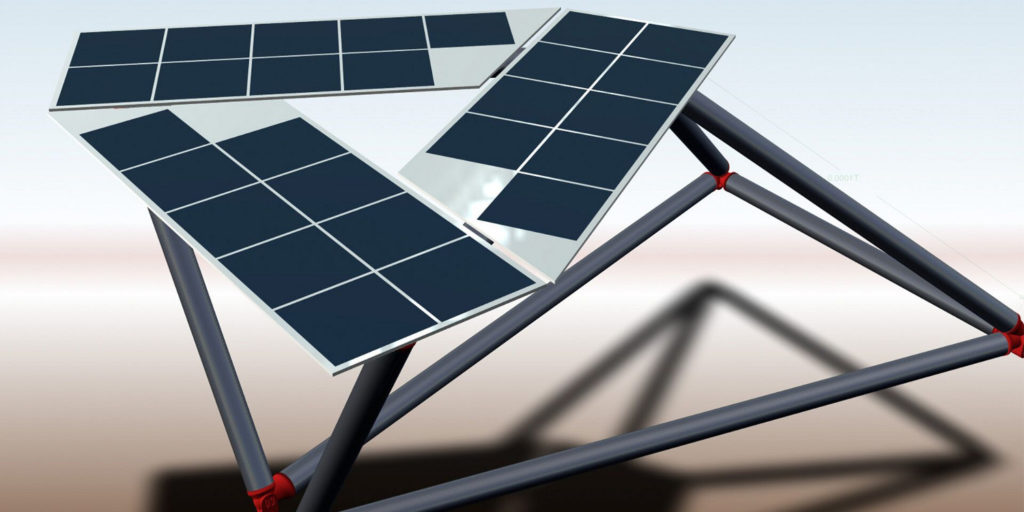OPES Solutions and Germany’s Fraunhofer Center for Silicon Photovoltaics (CSP) have developed a module that weighs around only 20 grams per watt. Conventional crystalline solar modules, in comparison, weigh roughly 60 grams per watt, the Berlin-based provider of off-grid PV products said.
The company said that PV module backsheets, made of polyethylene terephthalate (PET) on which mono or polycrystalline solar cells are laminated, is largely responsible for the weight reduction.
As the material is particularly cost-effective at high production volumes, production costs for the frameless modules “O-Lite-Plus” in series production would be at a comparable level to that of conventional modules, OPES Solution added.
This technology also allows for the production of curved modules, which are particularly suitable for weight-sensitive applications, such as vehicles, boats and small appliances. Demand for the ultra-light, durable solar modules is already visible from vehicle manufacturers and bike-sharing providers, according to the company.
The module concept was developed by OPES Solutions together with the Fraunhofer CSP, which advised on the choice of materials and was responsible for product and durability tests.
PET is even lighter than fiberglass and at the same time has similar heat and expansion coefficients as solar cells. “The material know-how and the many years of experience of our partner Gaugler & Lutz will benefit us here,” said Robert Händel, founder and CEO of OPES Solutions. As an option, junction boxes and plugs could be used for the interconnection, which means that the modules can be put together in a modular fashion, he added.
The modules will be manufactured at the company’s facility in the Chinese city of Changzhou. “Pilot series are currently being run for various applications; series production at our own plant is planned for the second quarter,” Handel told pv magazine.
OPES monocrystalline modules have an efficiency of 22%; when using polycrystalline cells, it drops to 19%, Handel explained. “The price depends on the custom design and the requirements of each application,” he said.
This content is protected by copyright and may not be reused. If you want to cooperate with us and would like to reuse some of our content, please contact: editors@pv-magazine.com.




2 comments
By submitting this form you agree to pv magazine using your data for the purposes of publishing your comment.
Your personal data will only be disclosed or otherwise transmitted to third parties for the purposes of spam filtering or if this is necessary for technical maintenance of the website. Any other transfer to third parties will not take place unless this is justified on the basis of applicable data protection regulations or if pv magazine is legally obliged to do so.
You may revoke this consent at any time with effect for the future, in which case your personal data will be deleted immediately. Otherwise, your data will be deleted if pv magazine has processed your request or the purpose of data storage is fulfilled.
Further information on data privacy can be found in our Data Protection Policy.